How To Use Engage to Reactivate Your Inactive Customers

It takes people to build businesses that stand for years on end. Yes, you're going to have to generate leads, nurture and convert them, but what if along the way you discover that those customers are no longer communicating expectedly with your brand and products?
What if your customers stop buying your products? What if they no longer feel enthused to tell any and everyone about this amazing brand or product that was doing so well before? What if they completely unsubscribe from future updates from your company?
Well in the following article, you will learn:
- Who are Inactive Customers?
- How to Recognize Inactive Customers
- How to Use Engage To Reactivate Your Inactive Customers
Who is an Inactive Customer?
In a SaaS company, inactive customers are people who have not engaged with the company's product or service for a specified period.
This can be determined in several ways, such as by looking at the usage patterns of the customer's account, tracking the frequency of logins or feature usage, or monitoring the customer's interactions with customer support or marketing communications.
An inactive customer is not necessarily a lost customer, but it can be an indicator that the customer is not getting value from the product or service, or that they have encountered a problem or barrier to using it. Inactive customers can be targeted with reactivation campaigns or outreach efforts to re-engage them and encourage them to start.
It is important to remember that inactive customers may not necessarily be ones that don't log onto the platform. They can also be inactive even when they log on and don't perform the activities you want them to perform when using your product.
How to recognize Inactive Customers
- Lack of Usage: One of the most straightforward ways to identify inactive customers is by monitoring the usage rate of their accounts. If a customer has not logged into the product or used it for a specified period, such as 30 or 60 days, they may be considered inactive.
- No Engagement with Marketing Communications: Another way to identify inactive customers is by tracking their engagement with marketing communications. If a customer is no longer opening or clicking on emails or responding to other forms of outreach, they may be considered inactive.
- Lack of Interactions with Support: Inactive customers may also be identified by a lack of interactions with customer support. If a customer has not contacted the support team for a specified period or responded to support inquiries, they may be considered inactive.
These are just a few examples, but there are many other ways that SaaS companies can identify inactive customers, such as tracking feature usage or monitoring customer feedback. The key is to regularly monitor customer behavior and use data to identify patterns that indicate inactivity.
One important strategy you can use to target inactive customers in your SaaS business is called a reactivation campaign. On Engage, you can launch a reactivation campaign for your business by following three easy steps:
- Use insight from your customer data to create a unique segment or group containing all inactive customers,
- Use that segment as a trigger and set a goal when launching your reactivation campaign to track conversion,
- Analyze the tracked results from your campaign and use them to make data-led decisions and improve your messaging.
It's important to remember that not all inactive customers will return, but targeting them can help you bring back valuable customers and improve your overall customer retention rate.
7 Ways You Can Use Engage To Reactivate Your Inactive Customers
Reactivating inactive customers can be crucial for maintaining a healthy and sustainable customer base in a SaaS company. At Engage, we understand how important it is for businesses to be proactive when it comes to building a relationship with their customers.
When you reactivate your inactive customers, it will lead to an increase in customer retention, which will in turn lead to increased revenue for your business.
Here are seven ways you can use Engage to reactivate inactive customers:
- Customer Segmentation: With Engage, you use your customer data to create unique customer groups or segments. For example, you can create a segment of inactive customers who have not logged into your product in the last 30 days. Creating a unique customer segment will help you create personalized messages targeted at only your inactive customers.
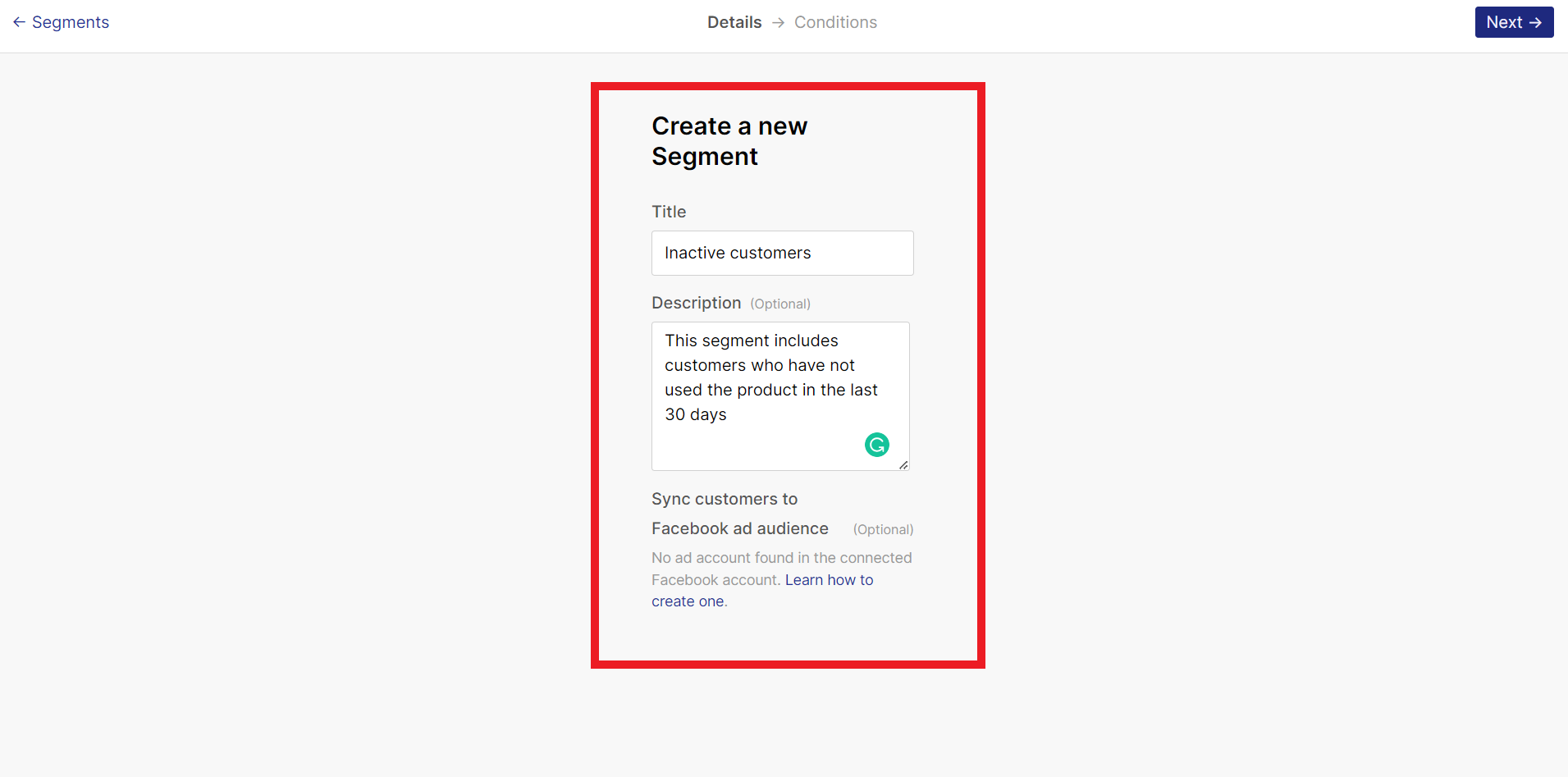
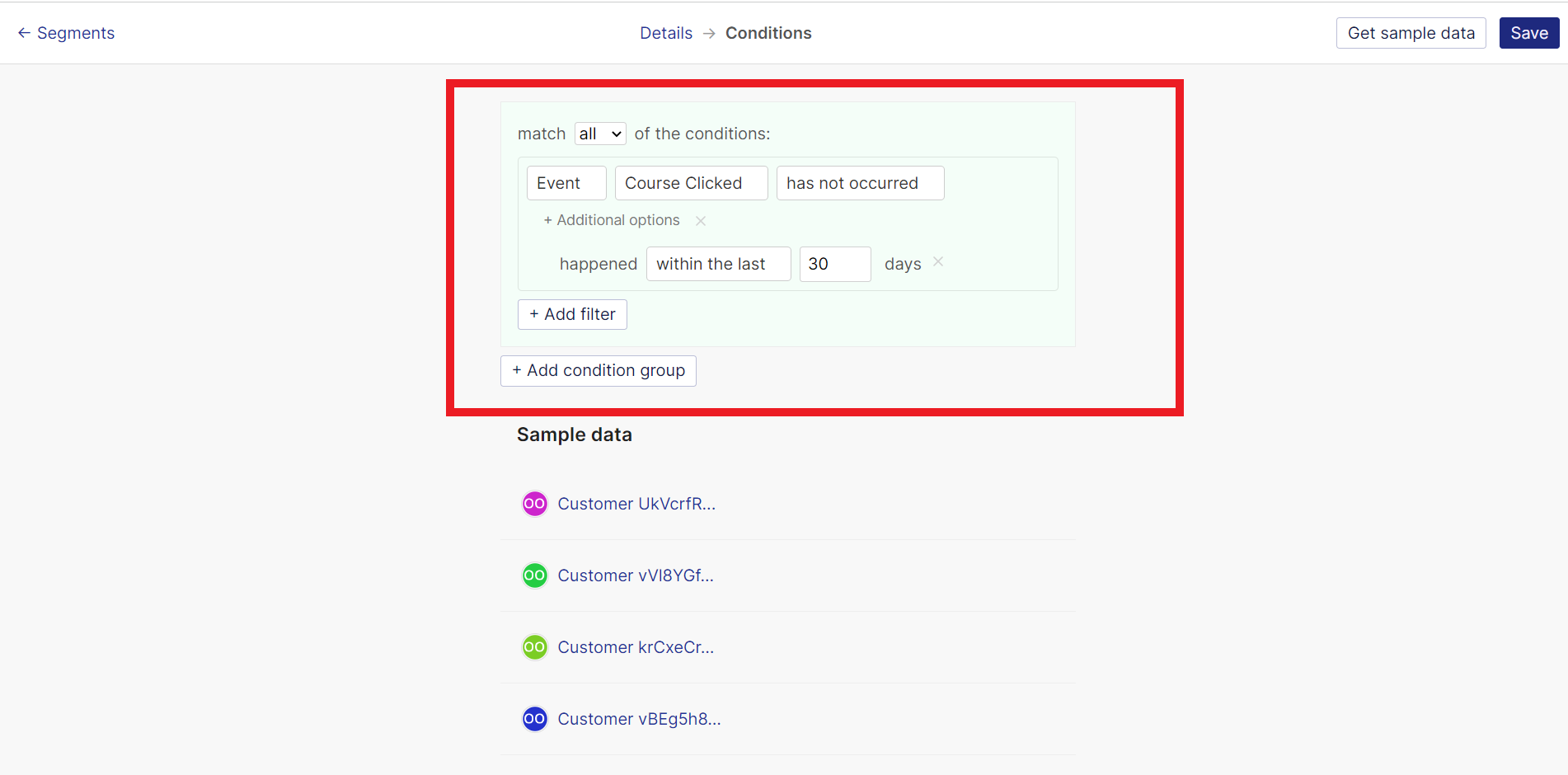
2. Newsletter Broadcasts: One way to send personalized messages to your inactive customers is by using Engage to send out an email newsletter to them. That way, they have direct access to whatever incentives you have in store for them to encourage them to become active once again.
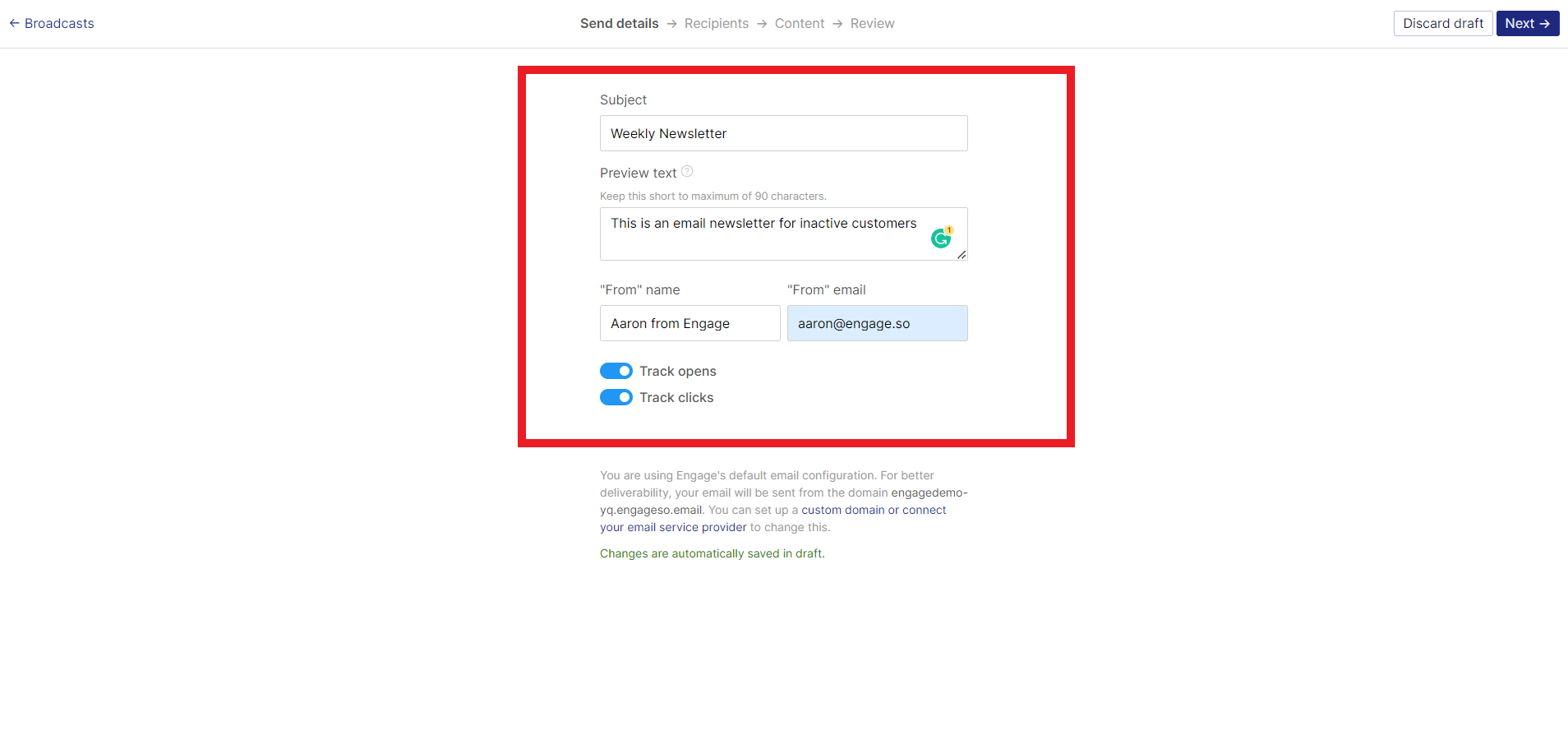
3. Run Re-Targeting Ads on Facebook: At Engage, we have an official integration with Facebook Ads that allows you to send your customer segment on Engage to Facebook as a custom audience. You can use that custom audience to run retargeting ads, or use it to create look-alike audiences and scale your ad campaign.
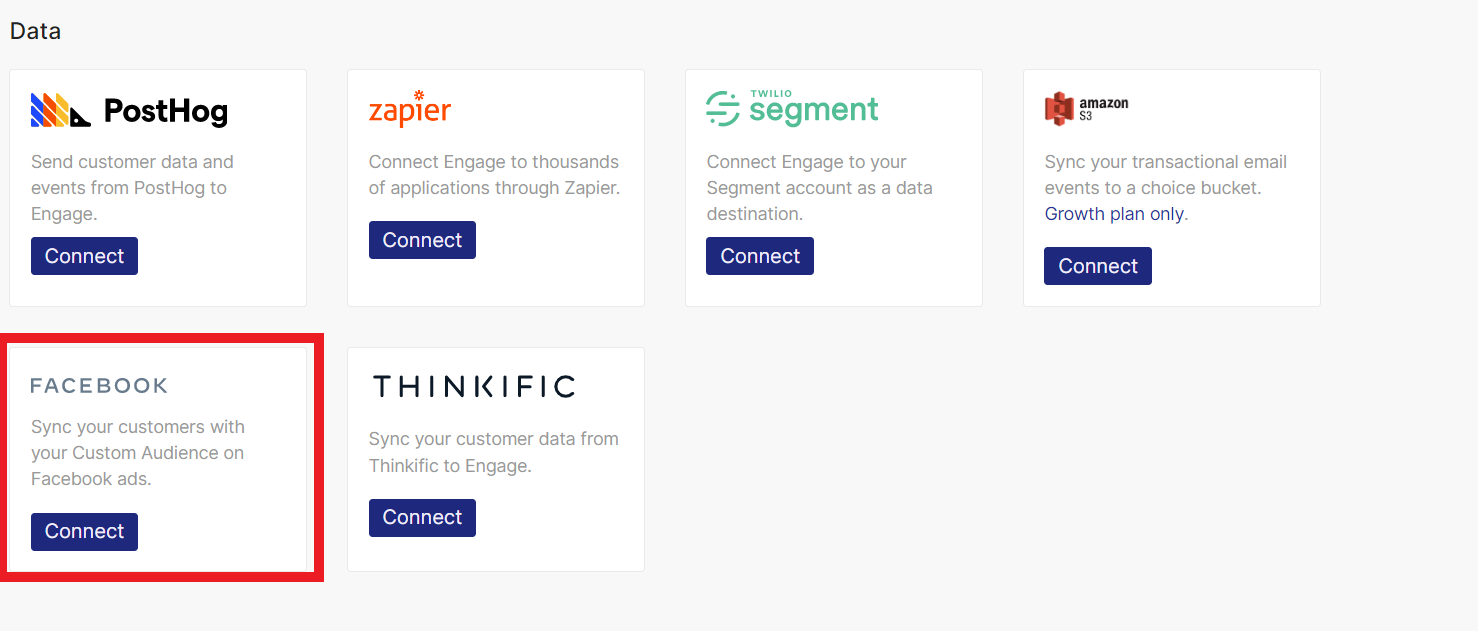
4. Re-activation Campaigns: With Engage, you can use the segment containing your inactive customers as the trigger, and launch the reactivation campaign either via email, SMS, push, or in-app notifications. This campaign can include special offers, new product updates, or educational content to encourage customers to start using the product again.
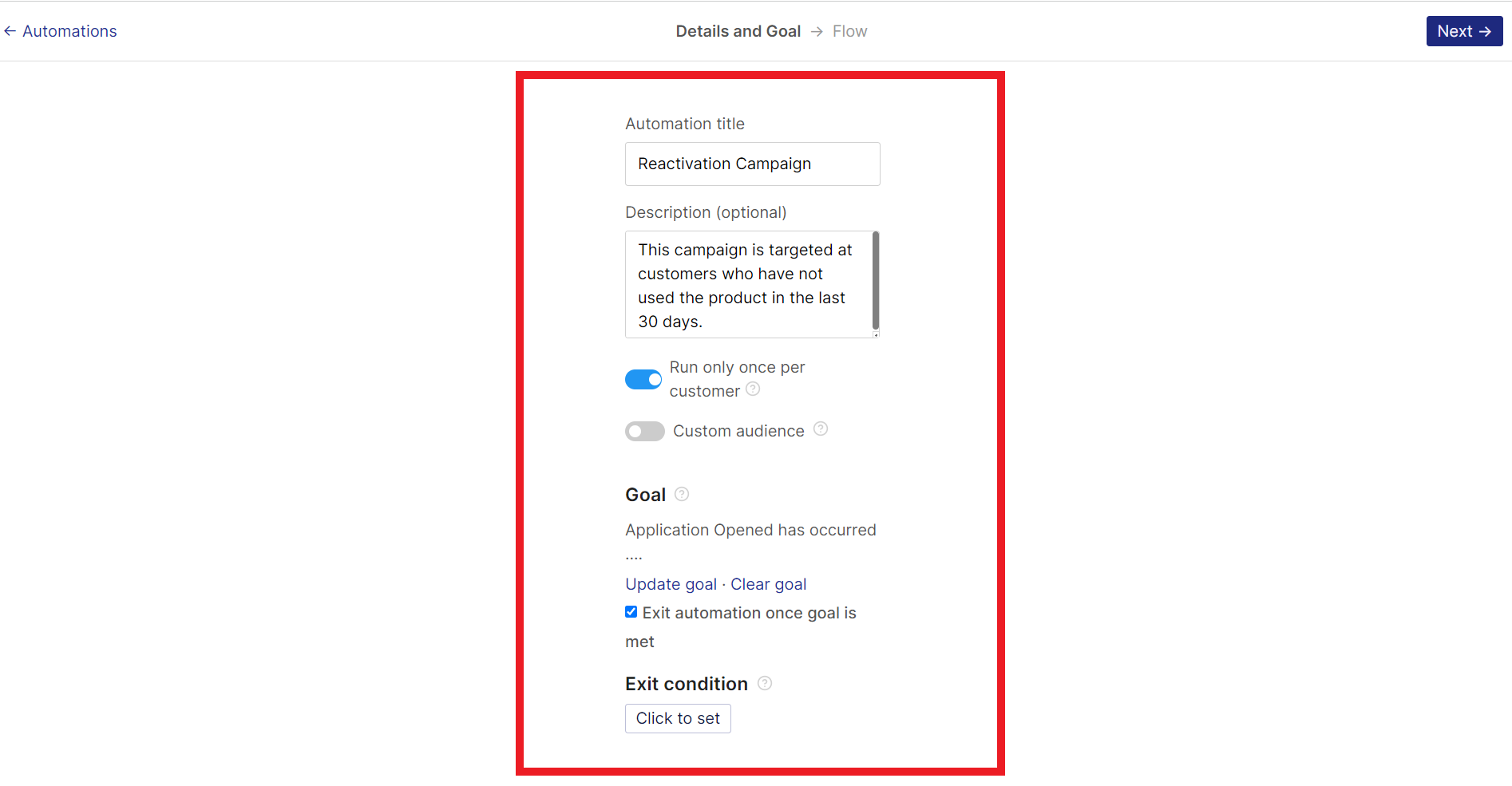
5. Send Surveys or Feedback Requests: Use can use Engage to send surveys and reach out to inactive customers to ask for their feedback on your product, and their experience with your company. This can provide valuable insights into why they have become inactive and help identify any areas for improvement.
6. Highlight New Features or Benefits: With Engage, you can highlight the new features and benefits of the product and send it to inactive customers via email newsletter, SMS blast, Push notifications, or in-app messages. This can encourage them to start using your product again.
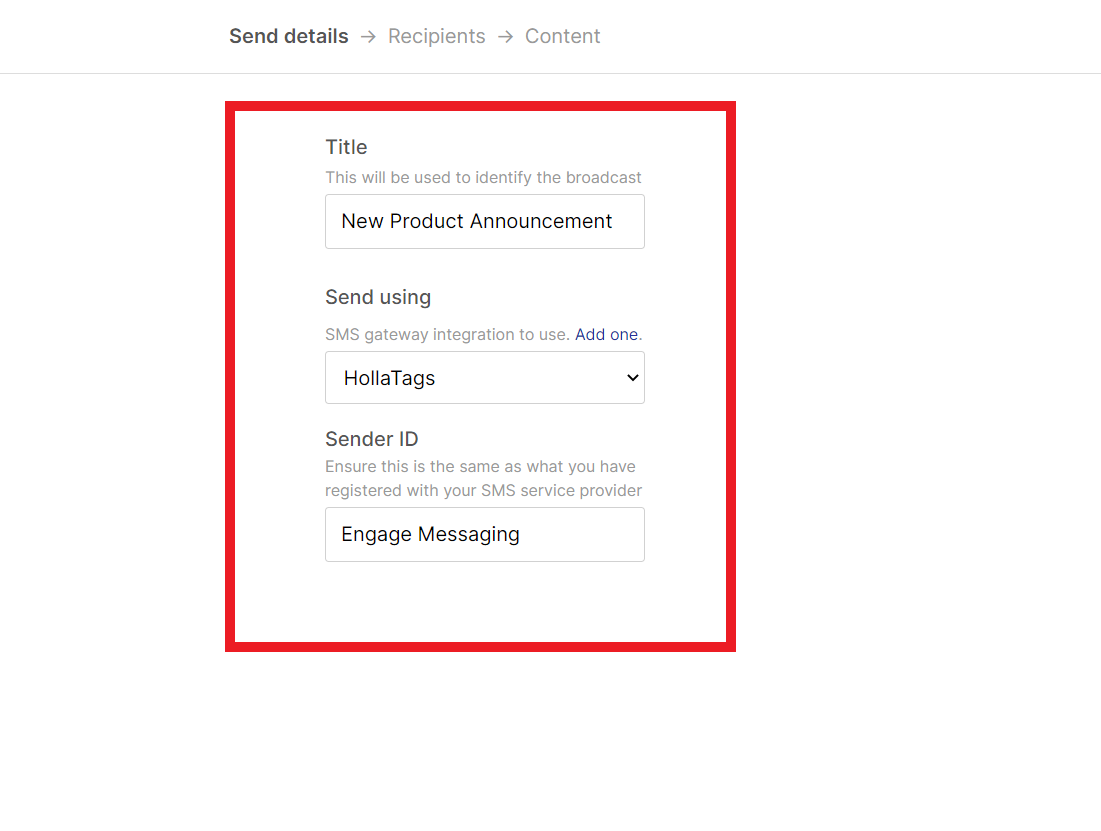
7. Monitor User Adoption: With Engage, you can keep track of how your customers are using your product in real time and use this information to identify any potential problems or issues that may be affecting inactive customers. You can therefore address these issues proactively to prevent further inactivity.
The key is to understand the individual customer's needs and motivations and to use Engage to create tailored reactivation strategies that address those specific needs.
For us at Engage, our goal is to help send the right message to the right customer at the right time, thereby turning your customers into loyal fans.